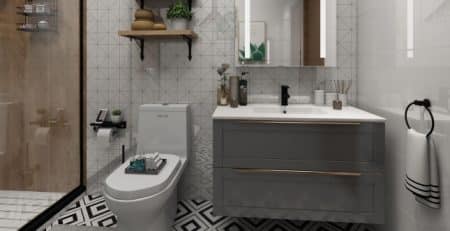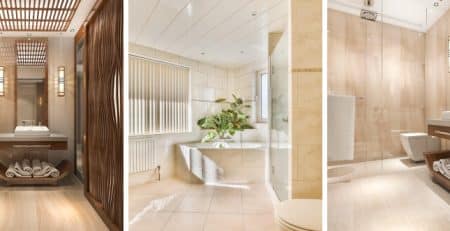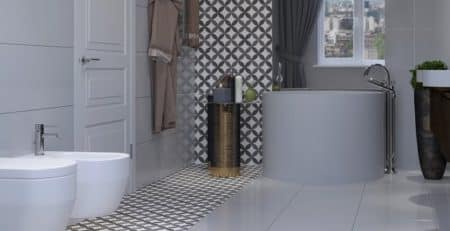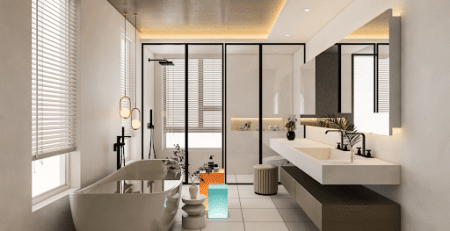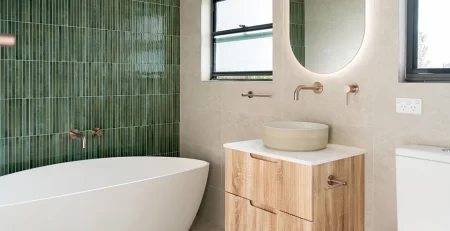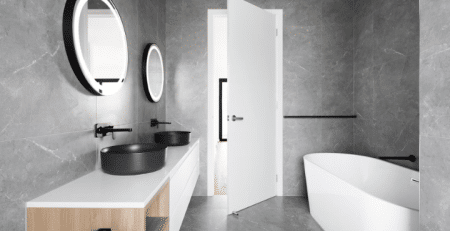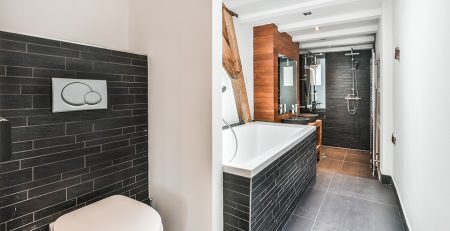Your bathroom should be a haven of comfort and relaxation, but navigating this space can be a challenge for many, especially for those with mobility issues or disabilities. However, with the right bathroom renovation approach, you can transform your bathroom into a functional and accessible oasis. Whether you are thinking of renovating a bathroom completely or making small adjustments, adding accessibility features can significantly improve safety, independence, and overall quality of life.
In this comprehensive guide, we’ll explore practical tips and bathroom renovation ideas to help you create a bathroom that meets your unique needs while enhancing its aesthetic appeal. From choosing the right fixtures to optimizing space and adding assistive devices, we’ll cover all aspects of Bathroom Renovation in Glenhaven to ensure your new space is beautiful and accessible.
Tips To Make Your Bathroom More Accessible While Renovating
Assess Your Needs and Preferences
Before starting your bathroom renovation journey, assessing your specific needs and preferences is crucial. Consider your current mobility level and any potential future requirements. You can consult with professional bathroom renovation experts to gain insights into the best solutions for your situation. Understanding your unique needs will help guide the design and renovation process, ensuring that the bathroom meets your functional requirements and reflects your style.
Optimize Space and Layout
Proper space planning is essential for creating an accessible bathroom. Consider enlarging the bathroom area or reconfiguring the layout to accommodate mobility aids, such as wheelchairs or walkers. A well-planned layout can make all the difference in creating a comfortable and safe environment.
Installing pocket doors or sliding doors can save valuable space and make the area easier to navigate. These door types eliminate the need for swing clearance, allowing for more efficient use of the available space.
Choose Accessible Fixtures and Fittings
When choosing bathroom fixtures and fittings, prioritize accessibility and ease of use. Consider installing:
- Walk-in showers or curbless showers with non-slip surfaces and built-in seating: These shower designs eliminate the need to step over a tub or curb, reducing the risk of falls and making it easier for those with mobility challenges to access the shower area.
- Comfort-height toilets with grab bars for added stability: Comfort-height toilets are taller than standard models, making it easier to sit down and stand up. Grab bars strategically placed near the toilet provide additional support and stability.
- Wall-mounted sinks with open spaces underneath for wheelchair accessibility: Wall-mounted sinks with open spaces below allow wheelchair users to easily roll up and access the sink without obstructions.
- Lever-style faucets that are easy to operate with limited dexterity: Lever-style faucets are more accessible than traditional knob-style faucets, making it easier for those with limited hand mobility or strength to operate.
- Anti-scald devices to prevent accidental scalding: These safety devices help regulate water temperature, preventing accidental burns or scalding, which can be particularly important for those with limited sensation or mobility.
Add Assistive Devices
Assistive devices can significantly improve safety and independence in the bathroom. Consider installing:
- Grab bars strategically placed near the toilet, shower, and bathtub: Grab bars provide support and stability, reducing the risk of falls and increasing independence when transferring or moving around the bathroom.
- Adjustable or handheld showerheads for added convenience: showerheads allow users to customize the water flow and direction, while handheld showerheads provide increased accessibility for those who need to sit or have limited mobility.
- Non-slip flooring or mats to prevent slips and falls: Non-slip surfaces, such as textured tiles or slip-resistant mats, help prevent accidents and improve safety in wet areas.
- Elevated toilet seats or risers for easier transfers: These devices can make it easier for those with limited mobility to sit down and stand up from the toilet, reducing strain and increasing independence.
Lighting and Ventilation
Proper lighting and ventilation are essential for creating a comfortable and accessible environment while renovating a bathroom. You can install task lighting near the mirror, shower, and vanity areas to enhance visibility and reduce eye strain. Motion-sensor lights or night lights should also be added for added safety and convenience, especially for those with visual impairments or mobility challenges.
Proper ventilation helps prevent moisture buildup and potential mould growth, which can be particularly important for individuals with respiratory issues or compromised immune systems. Ensure proper exhaust fans or windows are installed to promote air circulation and maintain a healthy bathroom environment.
Storage Solutions
Accessible storage solutions can make it easier to organize and access bathroom essentials. Install shelving or cabinets at a comfortable height, considering the intended users’ reach and mobility levels. Consider pull-out shelves or baskets for added convenience, reducing the need to bend or stretch to access frequently used items.
Final Words
Renovating your bathroom with accessibility in mind can significantly improve your quality of life and independence. Following the tips and bathroom renovation ideas outlined in this guide, you can create a functional and beautiful space that meets your unique needs.
If you’re located in Glenhaven, or surrounding areas, consider enlisting the services of Australian Renovation Professionals. Our team of experienced bathroom renovators specializes in renovating a bathroom with accessibility in mind. We have the expertise to transform your space into a safe and stylish sanctuary.
Contact us today to discuss your project and take the first step towards creating a bathroom that enhances your daily routine and overall well-being.



